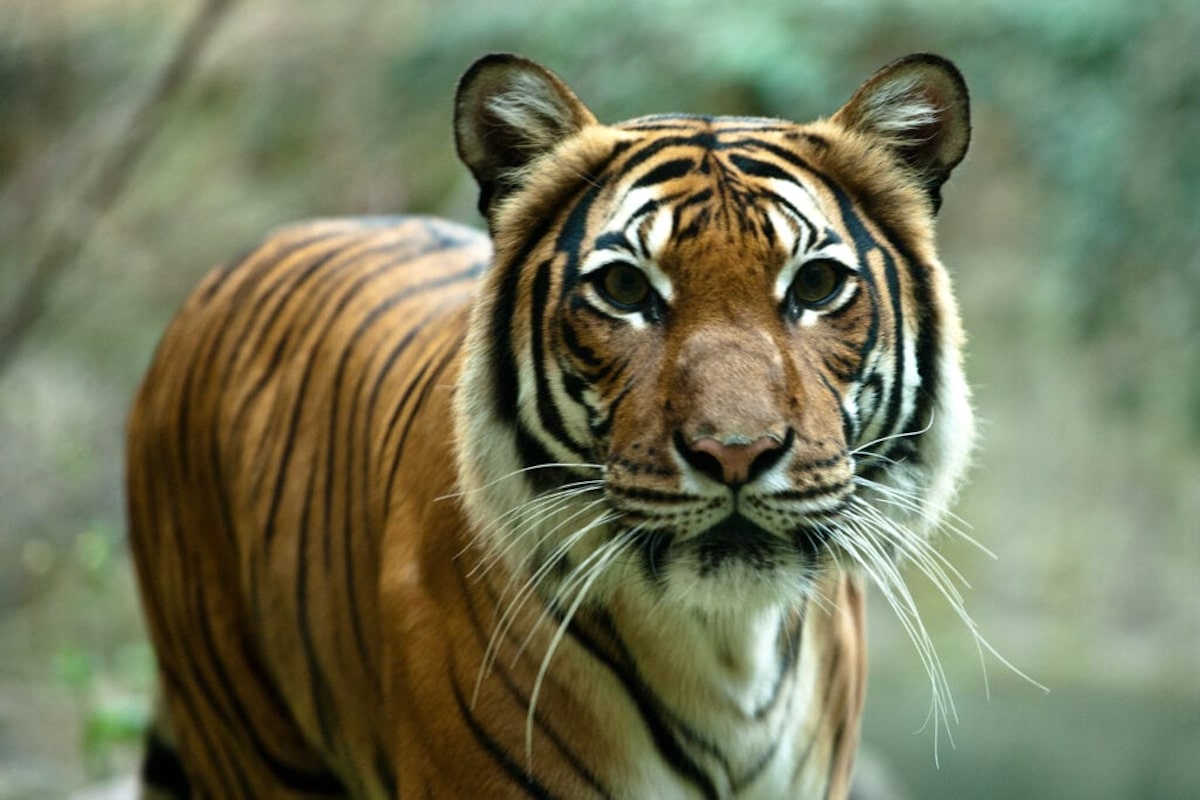Wild Tiger Population in Bhutan Increases 27% Since 2015

 Why you can trust us
Why you can trust us
Founded in 2005 as an Ohio-based environmental newspaper, EcoWatch is a digital platform dedicated to publishing quality, science-based content on environmental issues, causes, and solutions.
Wild tiger numbers in Bhutan have risen from 103 tigers in the country’s first tiger survey in 2015 to 131 individuals in a recent survey. But the wild tigers still face major threats, including poaching and habitat loss, according to the survey.
“This is a significant achievement and an indication of a very healthy ecosystem,” Chimi Rinzin, country director of WWF-Bhutan, said in a statement. “It also underlines Bhutan’s commitment to biodiversity conservation. WWF commits to continue working with the Government and partners towards holistic conservation efforts benefiting both people and wildlife.”
Bhutan’s National Tiger Survey for 2021-2022 spanned 32,800 square kilometers, or about 85% of the country. The surveying process included setting up 1,201 camera traps, and tigers were photographed at about 15% of these locations.
Of note, the photographs and footage captured at the camera trap locations shows that tigers were breeding at various altitudes, a promising sign for tiger recovery. According to WWF, Bhutan is known for tiger sightings at high elevations, as much as 4,400 meters.
Over 10 years ago, Bhutan committed to doubling its wild tiger numbers by 2022, along with conserving over half of its forested lands. To help reach its tiger conservation goals, the country has implemented wild tiger site management standards, invested in technology for rangers to stop poachers, and established a tiger conservation program with India for the Transboundary Manas Conservation Area (TRAMCA), which is located between the two countries. The TRAMCA project has been especially effective, doubling the number of tigers on each side of the border since 2010, WWF reported.
Bhutan has also been working with local communities to better manage human-wildlife conflicts and provide livestock insurance. WWF and Bhutan will continue to work together to ease concerns over increasing tiger populations near human communities and prevent more conflicts.
“Tigers are instrumental in maintaining the healthy forests, rivers, and streams we all depend upon, and Bhutan’s conservation success gives us hope,” Dechen Dorji, senior director of Asia, Wildlife Conservation at WWF-US, said in a statement. “Thanks to the dedicated efforts of countries and organizations, we are witnessing one of the most successful wild tiger recovery stories in recent history. The report serves as a call to action for continued efforts to protect tigers and their habitats for future generations.”
In India, tiger populations have also increased, reaching an annual rise of about 6%, as the BBC reported. Home to about 75% of wild tigers globally, India has seen an increase from fewer than 2,000 wild tigers to 3,682, per the most recent count.
Subscribe to get exclusive updates in our daily newsletter!
By signing up, you agree to the Terms of Use and Privacy Policy & to receive electronic communications from EcoWatch Media Group, which may include marketing promotions, advertisements and sponsored content.

 233k
233k  41k
41k  Subscribe
Subscribe 



